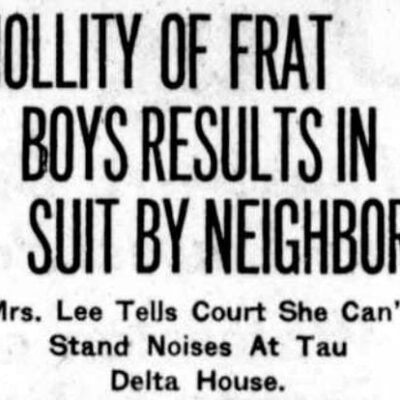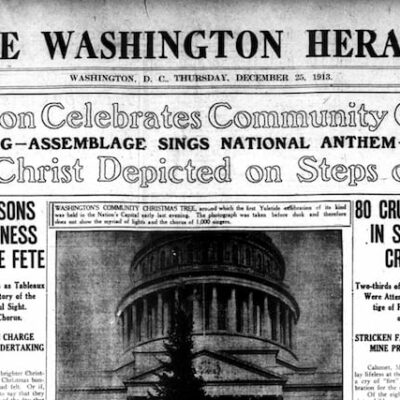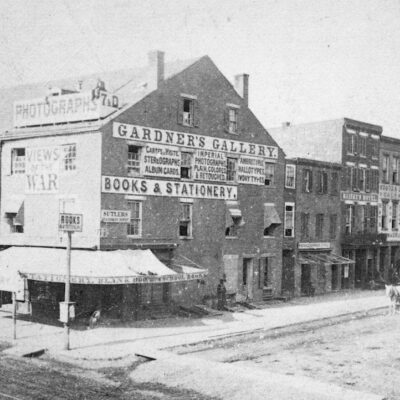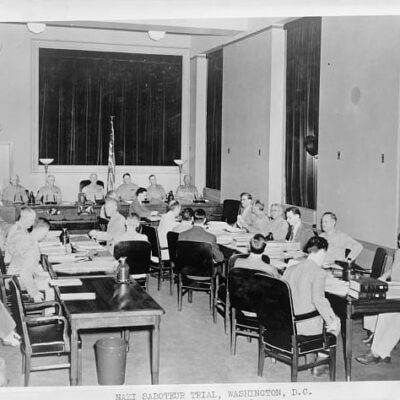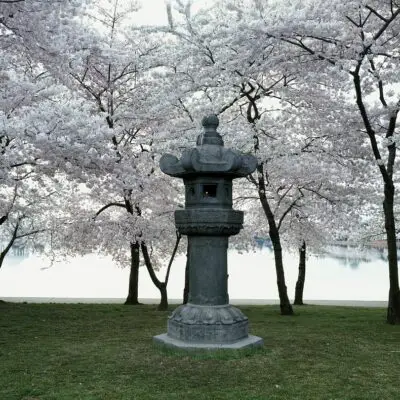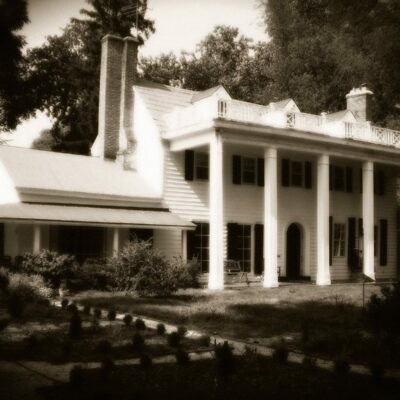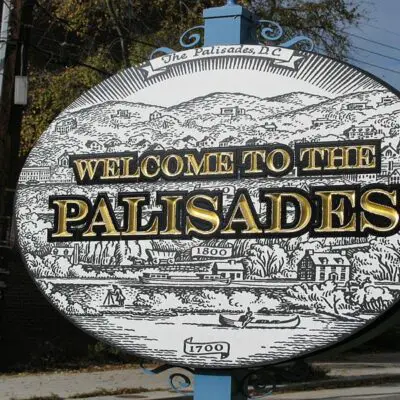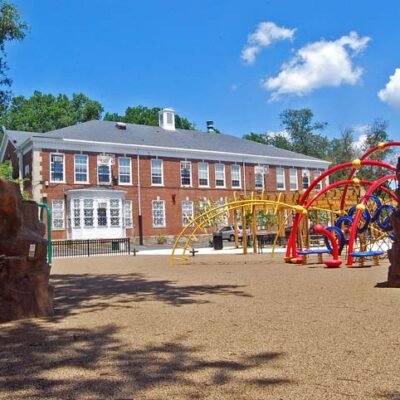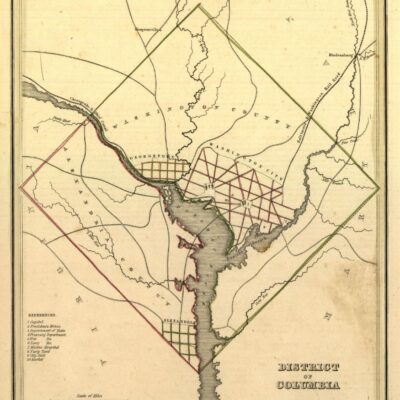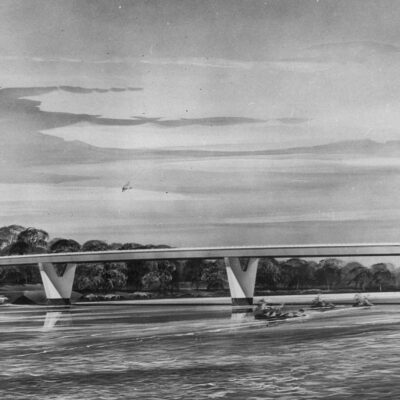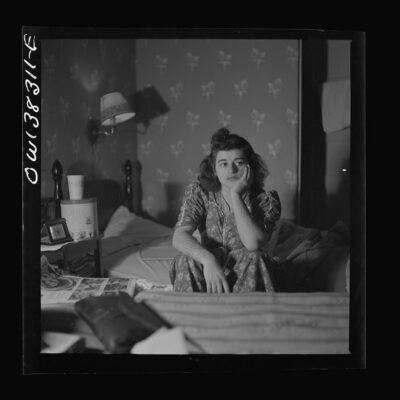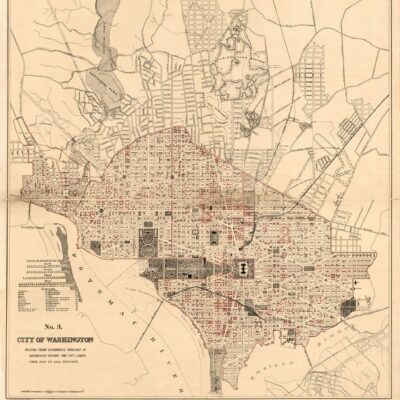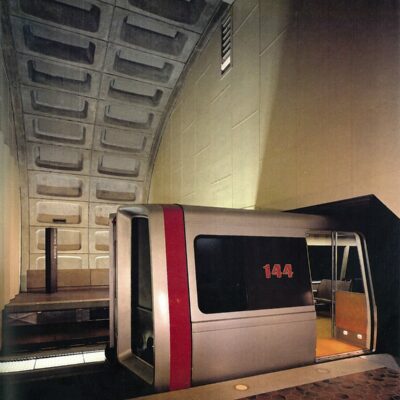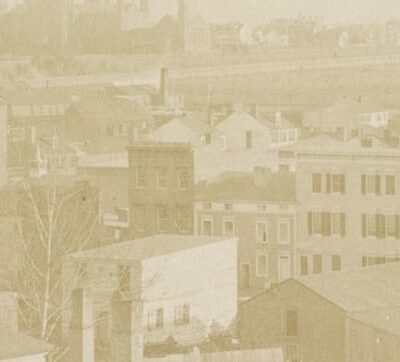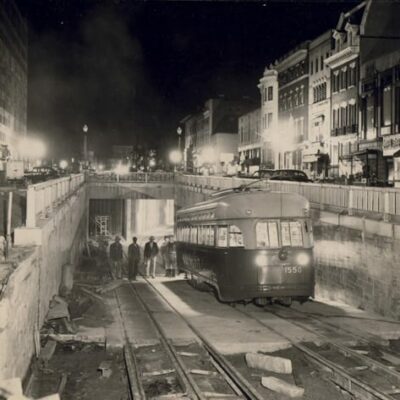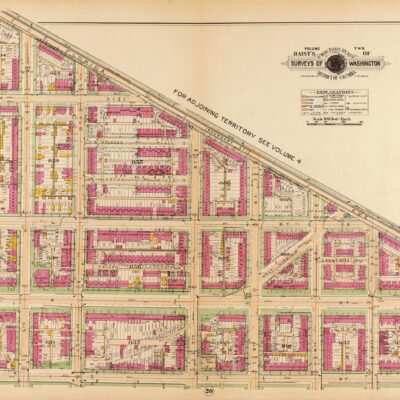It has been a really long time since we did a “Why is it Named…?” post, and since at least a quarter of GoDCers live in Bloomingdale (I totally made that number up), we are going to focus a quick history lesson on the ultra-hipster, fixed-gear bike and mustache epicenter of D.C.
No, it is not named after the department store. Bloomingdale’s was founded back in 1860 in New York.
The neighborhood’s name traces its roots back to the Bloomingdale estate, purchased for $600 (!) by George Beale in 1823 from William Randolph (guessing the dude that’s the namesake of Randolph Pl. NW). The estate sat at he southwest corner of what is now North Capitol and Randolph (below is the Baist Real Estate Map of the corner in 1907).

Beale was a decorated naval officer from the War of 1812, having been awarded the Congressional Silver Medal for galantry during the Battle of Plattsburgh. The estate was originally 10 acres, but grew through land acquisition to 50 acres. Also, Beale was an avid hunter and I found it tremendously amusing when I read that he frequently hunted near his Bloomingdale estate as the surrounding woods had an abundance of small game.
Woods? Small game? Ha! The only “small game” roaming Bloomingdale are the monster D.C. rats cleaning up outside of Rustik or Boundary Stone.
Mr. Beale died on April 4th, 1835 after a long illness. He was only 43 years old. Below is his obituary from the National Intelligencer on April 6th, 1835.
On Saturday evening, George Beale, Esq., late a Purser in the Navy of the United States, after a severe and lingering illness. His friends and the Army and Navy officers now in the city, are requested to attend his funeral tomorrow morning, at 11 o’clock, from his late residence near the city. George Beale entered the United States’ Navy as Purser, about the commencement of the late war with Great Britain, and shortly afterwards joined the late gallant Com. McDonough, on Lake Champlain, where he remained until the close of it. He participated in several severe skirmishes with the enemy, and bore a conspicuous part in the glorious action of the 11th of September, (upon which occasion he volunteered his services,) which elicited the thanks of Congress, a gold medal, etc. voted by that body to the distinguished Commander, and those engaged with him. To lofty patriotism, and an indomitable spirit that nothing could subdue, he united a chivalrous sense of honor, which he cherished ardently through life. He was a true son of the “Old Dominion.” His warm friendships and generous nature will make his loss lamented by many friends; but to his bereaved and afflicted widow and children, his loss will be irreparable.
His wife, Emily Truxton Beale (yes, related to Truxton circle … that’s another story) lived a long life until 1885 at the estate. And, as a war widow, she was entitled to a pension from the United States Navy. Below is her certificate.
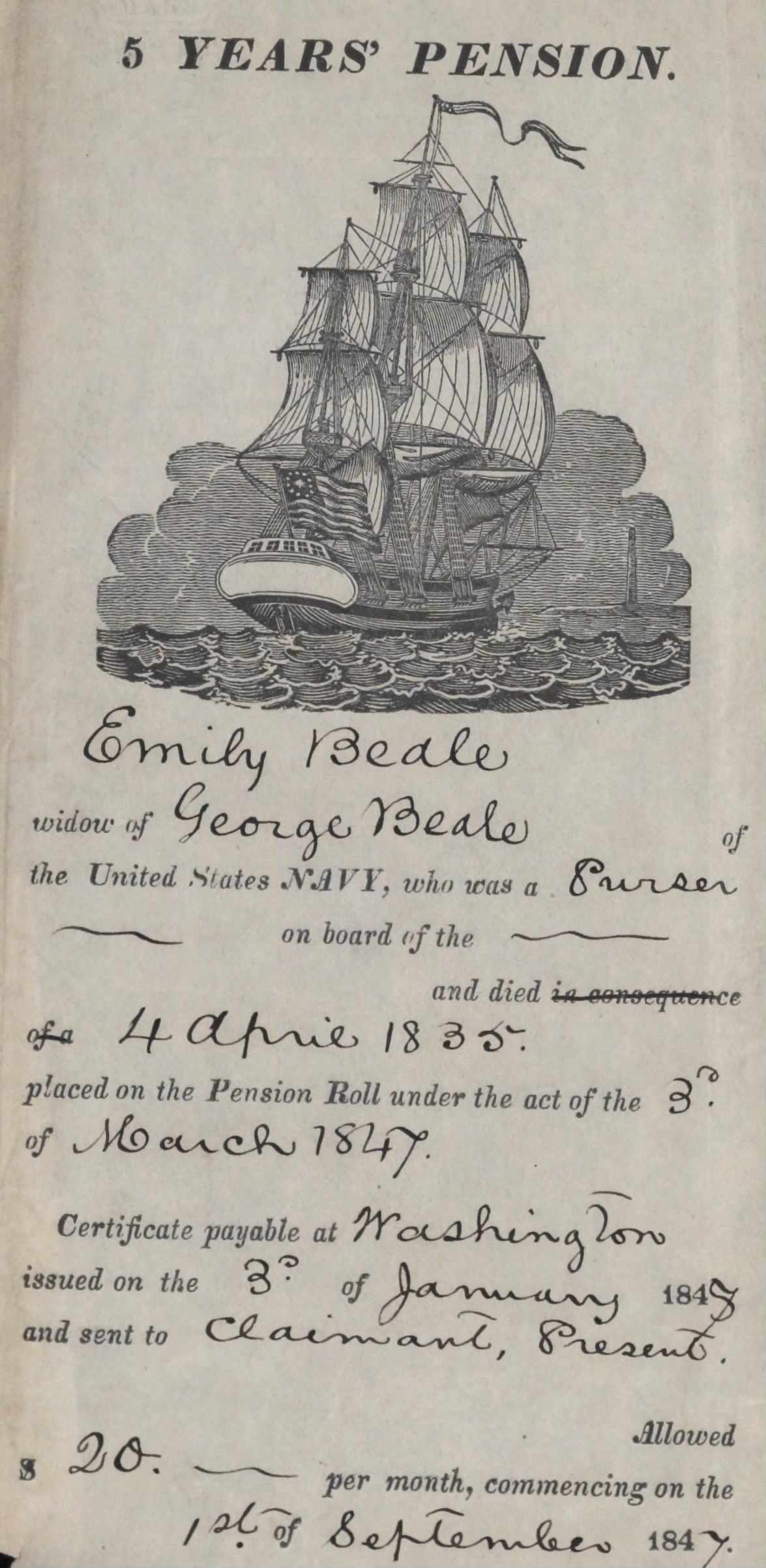
Also, we were able to dig up the Beale family in the 1850 U.S. Census (the Internet is amazing). Check out Emily Beale starting on line 18, dwelling and family number 130. It would be so cool to be able to dig up enough information to do an “They Were Neighbors” post on this … tough for 1850s though. What’s really wild is seeing that the bulk of their neighbors were farmers, although not really surprising given when this was. Farming in Bloomingdale!

The Beale descendants began to recognize the value of their family real estate and started selling off property in the late 19th century as Washington began expanding past Boundary Road (i.e., Florida Ave.) into what used to be called Washington County. The streetcar boom had begun in full force.
UPDATE: For the dozen or so questions via different communication channels, the name Bloomingdale comes from Bloomingdale estate (referenced above).
